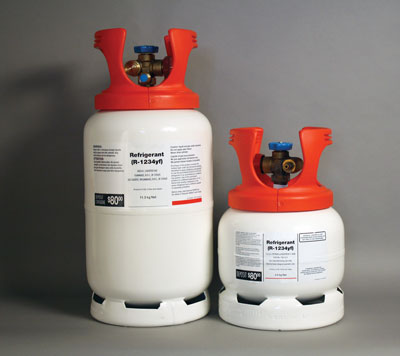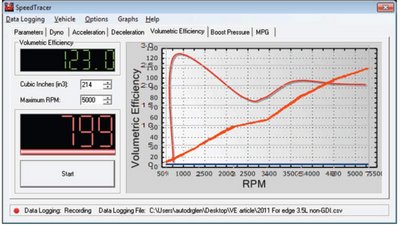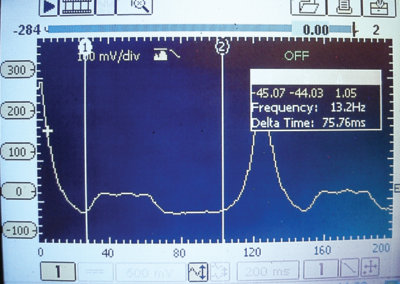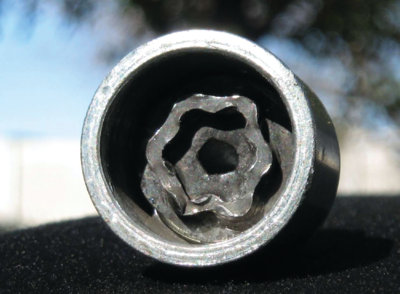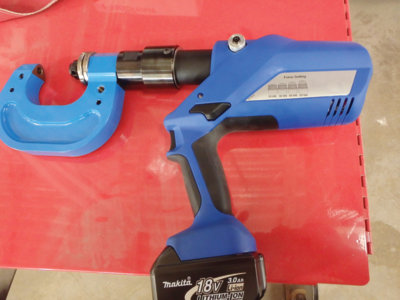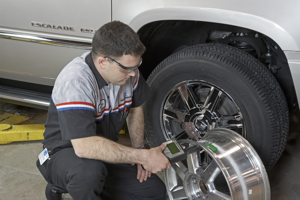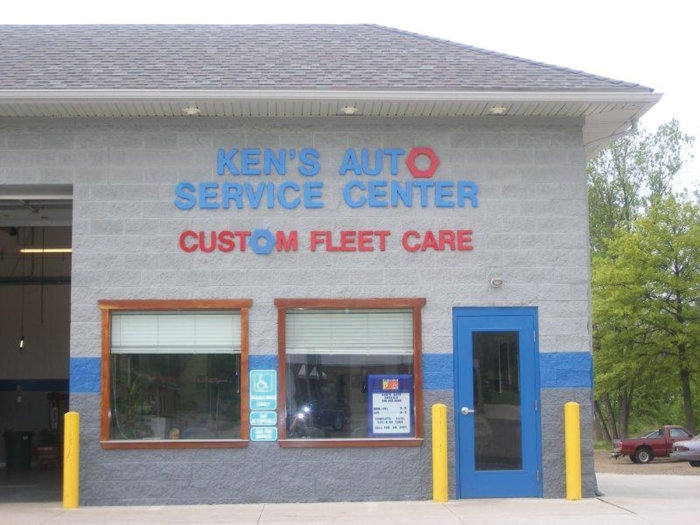 Hunter introduced the first portable digital imaging alignment system in 2004 and have since improved on the design with the introduction of HawkEye HS401CM console-mounted sensors. The fully portable HawkEye HS401CM provides a cost-effective tool to increase productivity by enabling shops to perform alignments in multiple bays using one system. With a movable system that rolls easily from bay to bay, a technician can work more efficiently by starting the next alignment on the schedule in another bay as the final service steps are being completed on a vehicle that has just been aligned. This capability also helps eliminate back-ups in the alignment schedule that occur when a shop’s designated alignment bay is occupied with a vehicle that needs additional services. The HS401CM sensors feature a vertical camera lift with a 40-inch range of motion to accommodate additional lift height or to work with the vehicle lowered to the floor or on the floor.
Hunter introduced the first portable digital imaging alignment system in 2004 and have since improved on the design with the introduction of HawkEye HS401CM console-mounted sensors. The fully portable HawkEye HS401CM provides a cost-effective tool to increase productivity by enabling shops to perform alignments in multiple bays using one system. With a movable system that rolls easily from bay to bay, a technician can work more efficiently by starting the next alignment on the schedule in another bay as the final service steps are being completed on a vehicle that has just been aligned. This capability also helps eliminate back-ups in the alignment schedule that occur when a shop’s designated alignment bay is occupied with a vehicle that needs additional services. The HS401CM sensors feature a vertical camera lift with a 40-inch range of motion to accommodate additional lift height or to work with the vehicle lowered to the floor or on the floor.
All HS401 HawkEye sensor configurations, including the HS401CM, use high-resolution digital cameras and newly designed wheel targets to optimize alignment service. Using digital camera sensors to monitor passive wheel targets allows the HawkEye system to gather vehicle measurements in approximately two minutes. All adjustments are updated instantaneously, as the patented HawkEye four-camera system continuously monitors wheel target position and orientation.
The wheel targets also improve productivity, while maintaining the durability to stand up to the shop environment. The smaller and lighter design makes the targets easier to handle and work around when making adjustments, saving time and effort. An impact-resistant housing and integrated bumpers protect against damage from accidental drops, along with a shatterproof aluminum faceplate that is corrosion resistant and virtually maintenance-free. The targets contain no electronics and require no calibration.
Hunter Engineering is a world leader in wheel alignment, brake service, wheel service and safety inspection equipment. Hunter equipment is approved and used by vehicle manufacturers, automobile and truck dealers, tire dealers and automotive service facilities around the world.
For additional information, visit our website at www.hunter.com or contact Jim Huhn, director of advertising, Hunter Engineering Company, (314) 731-3020 (x375).


